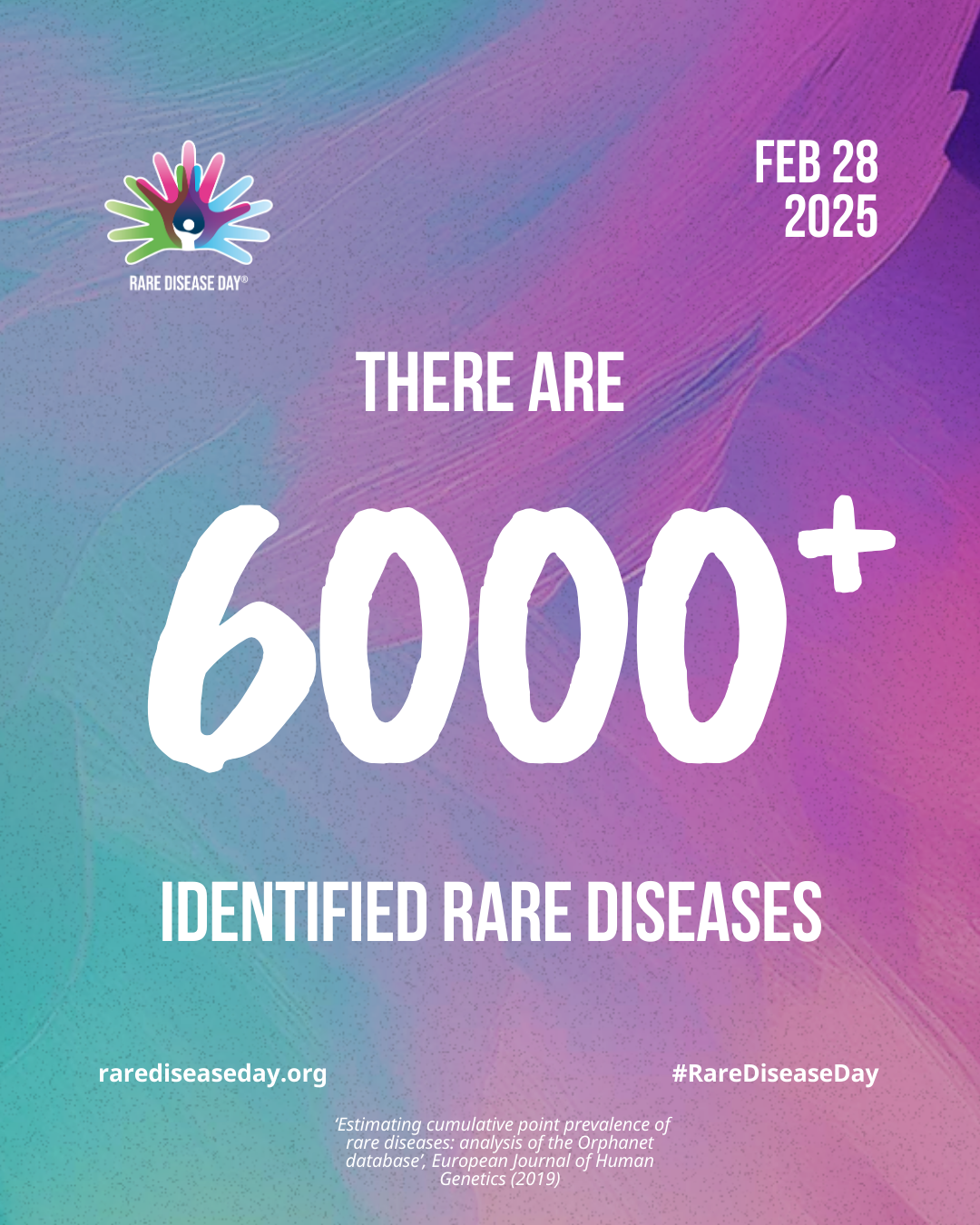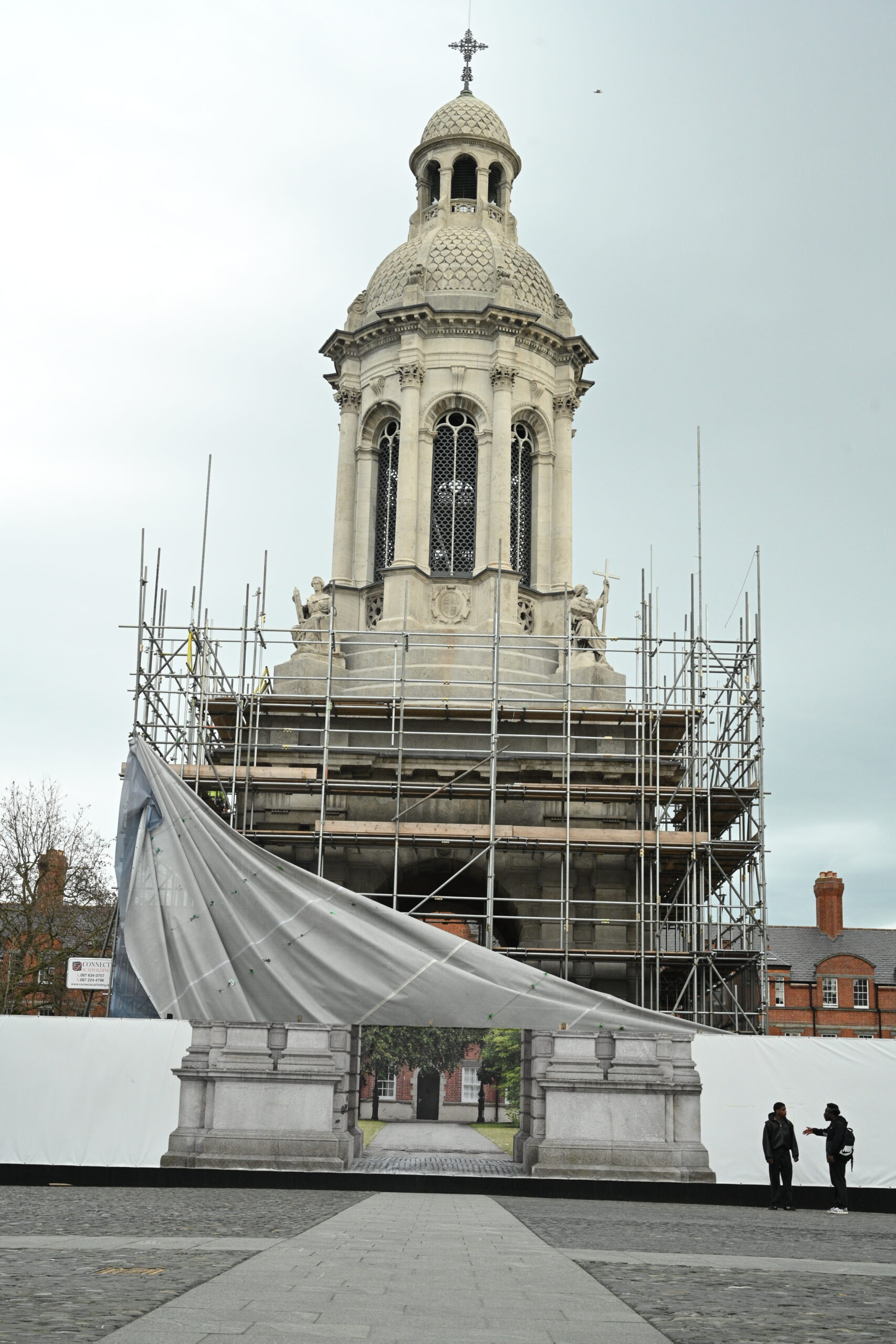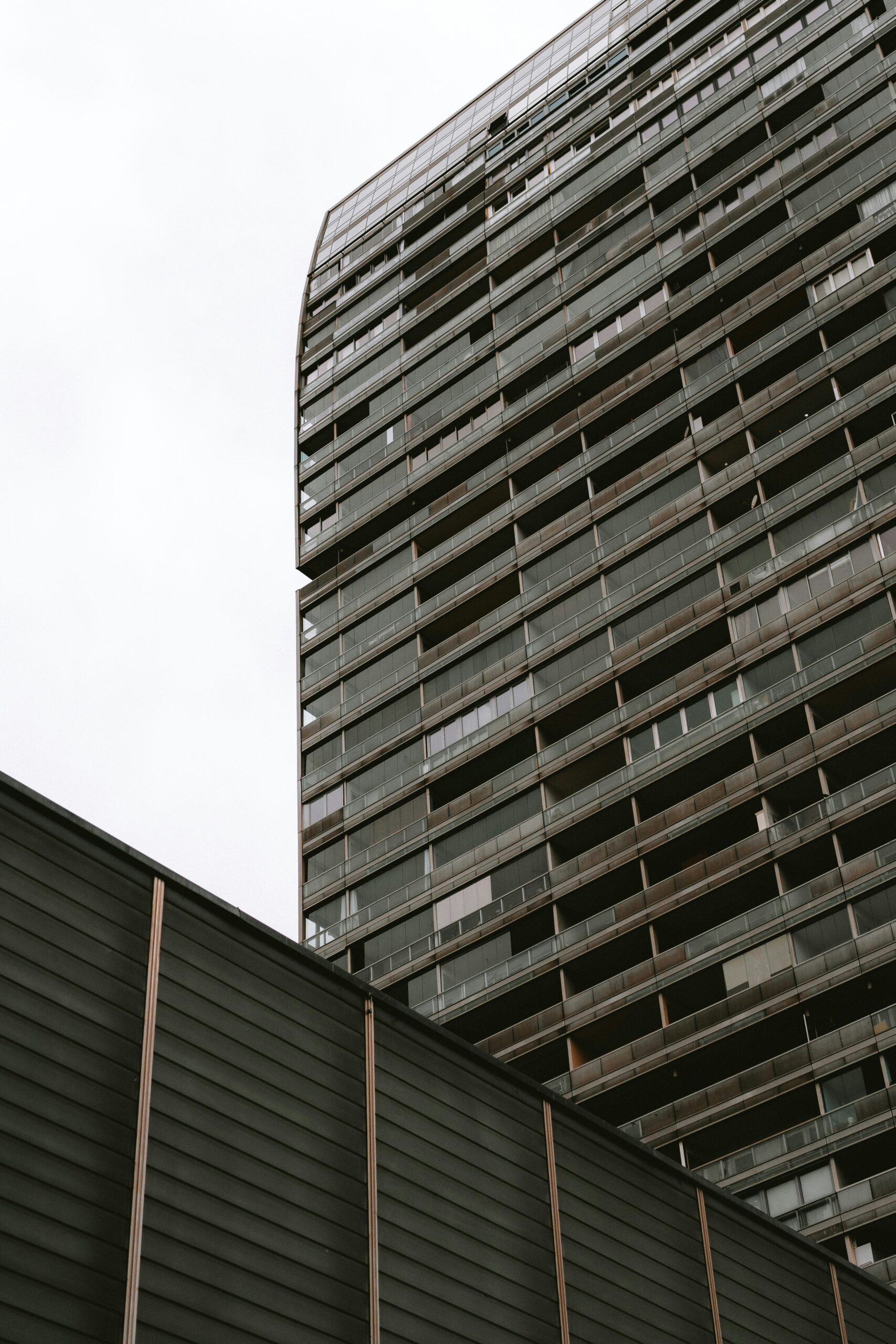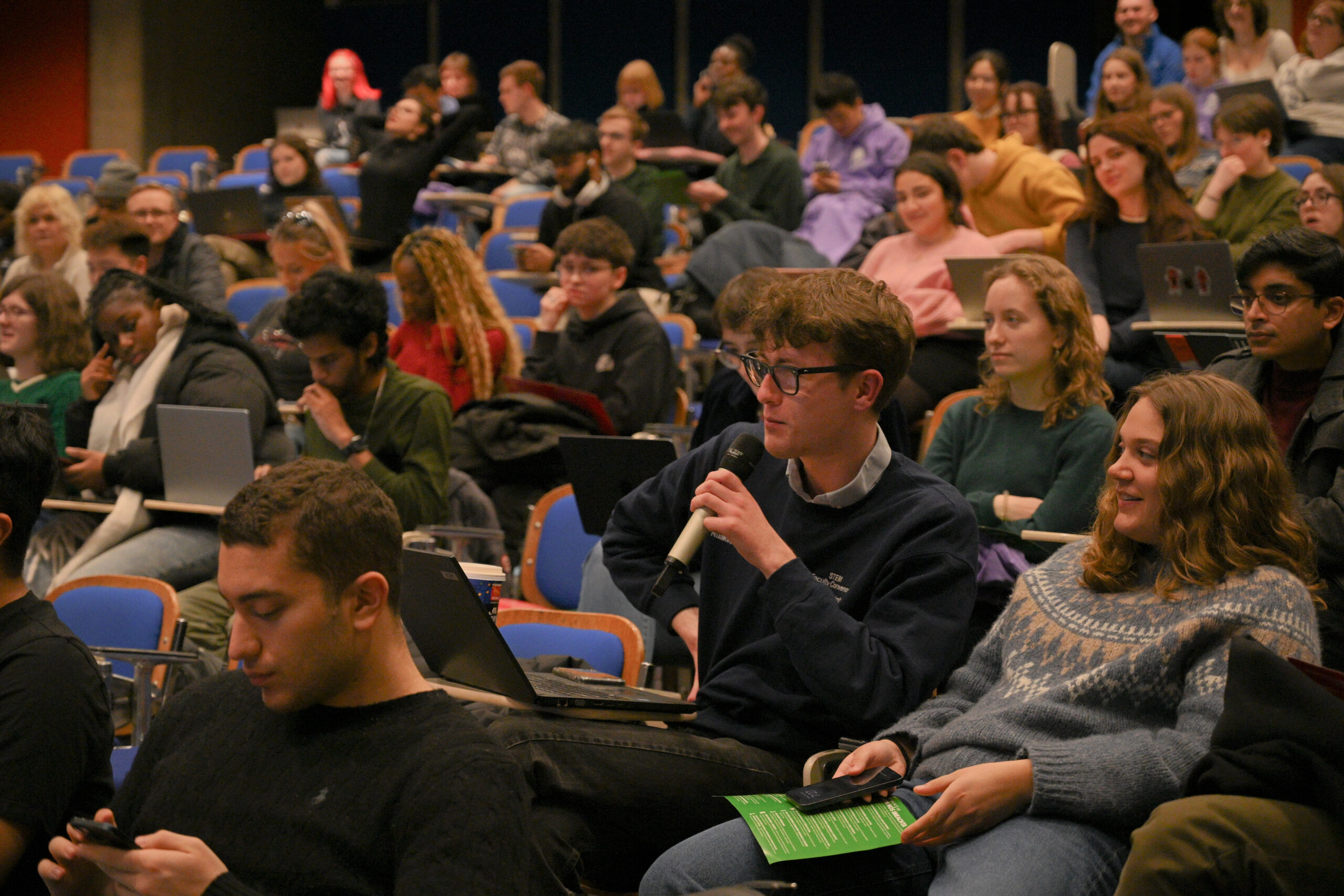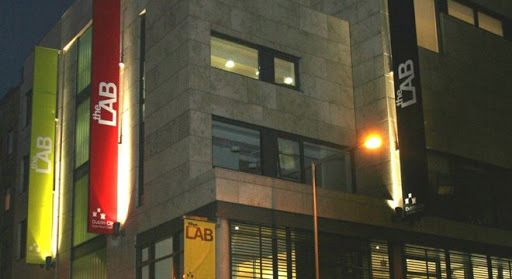
With an opening today – February 6th – at 6pm, Dublin’s LAB Gallery plays host to Cork-based artist Evgeniya Martitosyan’s “Under Your Skin” exhibition, previously shown in Triskel Arts Centre, Cork in 2019. The exhibition marks Martirosyan’s first solo show in Dublin and runs until March 15th.
Martirosyan’s art primarily takes the form of sculpture and installation, and is deeply concerned with the protean and transformative properties of both organic and industrial materials. She identifies her interests in science and philosophy as the starting point for this curiosity with material, at once operating on conceptual and more visceral levels.
Martirosyan graduated from Crawford College of Art and Design in 2016 and since then has held a number of residencies, including at the National Sculpture Factory and Sample Studios and the Cork Film Centre. She has also been a recipient of a number of awards, including the VAI Residency Award at the Tyrone Guthrie Centre and individual bursary awards from the Cork City Council Arts office and The Arts Council of Ireland.
Her recent exhibitions include “Monumental/Temporal”, which was shown at Praksis cultural centre in Norway in 2018, and a two-person show with Ronnie Hughes entitled “OUTFLOW” in Galway’s 126 Gallery in 2018. She is currently a member of Cork Artists Collective.
For “Under Your Skin”, Martirosyan takes reclaimed bicycle tires and tubes as her medium, manipulating around 600 in order to create the exhibition’s central installation. She carefully cuts, weaves and knots the rubber into large scale forms which twist and writhe through the gallery space.
Martirosyan’s work explores the uncomfortable space between organic and inert forms, imbuing her materials with an unsettling sense of vivacity and movement. Martirosyan’s close relationship with her materials is underlined by her unexpected utilisation of the intense smell and alien sounds created by manipulating rubber, drawing attention to the sensuality and tactility of a material not usually valued for such properties.

